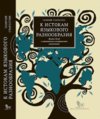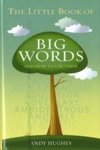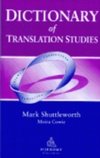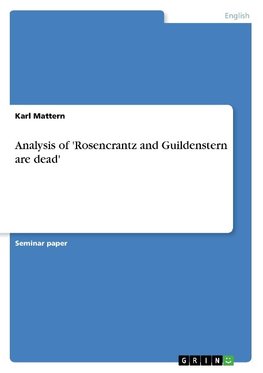
-
 Anglický jazyk
Anglický jazyk
Analysis of 'Rosencrantz and Guildenstern are dead'
Autor: Karl Mattern
Seminar paper from the year 2006 in the subject English Language and Literature Studies - Literature, grade: 1,3, University of Mannheim (Lehrstuhl Anglistik II), course: Classics of 20th Century British Drama, 8 entries in the bibliography, language: English,... Viac o knihe
Na objednávku
16.65 €
bežná cena: 18.50 €
O knihe
Seminar paper from the year 2006 in the subject English Language and Literature Studies - Literature, grade: 1,3, University of Mannheim (Lehrstuhl Anglistik II), course: Classics of 20th Century British Drama, 8 entries in the bibliography, language: English, abstract: The play Rosencrantz and Guildenstern are Dead in its present form is the result of several drafts and older versions of this play, which Tom Stoppard wrote and staged. The first one was Rosencrantz and Guildenstern meet King Lear and was performed by amateur actors at a Ford Foundation cultural picnic in Berlin, in 1964. In this form the play was a one-act comedy in verse.1 In the following years the title changed and Stoppard rewrote the play into prose. At the Edinburgh Festival in 1966 the play had its break through and soon later its script was bought and produced by the National Theatre at the Old Vic. According to the Sunday Times it was "the most important event in the British professional theatre of the last nine years."2 The reason for the enthusiastic reactions towards the play is the fact that it illustrates the confusion of mankind in the post-modern world. Today's pluralism leaves the individual all to himself. The unity, which used to be created by religion, class or moral values, has been split up in favour of countless parallel existing societies with their own moral ideals and goals. Rosencrantz and Guildenstern are Dead is a comical depiction of two friends looking for an orientation in a world, which to them has lost its orders and values. By using Rosencrantz and Guildenstern, who are the two courtiers from Elsinore, from Shakespeare's Hamlet, Stoppard shows an unknown perspective of Hamlet. It is the one of Rosencrantz and Guildenstern. Without knowing the entire plot they experience the action from their point of view and constantly try to find explanations of their roles and future in the play. The lack of orientation and the absence of reliable values in this strange world remind the audience of the contemporary pluralistic society and its problems. Even though the matter is serious Stoppard manages to establish a comical atmosphere, which includes a certain self-critique as selfcontrol to prevent Rosencrantz and Guildenstern are Dead from becoming in any way idealistic or instructive. To show this I will analyse the play from a post-modern perspective and thereby focus on the metadramatic features, which make up for the self-control of the play. At first I will describe the plot and setting of the play. Secondly I will define postmodernism and metadrama for an analysis of the play. In the context of metadrama some textual allusions to Shakespeare's Hamlet and Beckett's Waiting for Godot will be described.
- Vydavateľstvo: GRIN Verlag
- Rok vydania: 2007
- Formát: Paperback
- Rozmer: 210 x 148 mm
- Jazyk: Anglický jazyk
- ISBN: 9783638667586
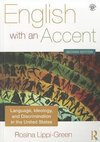


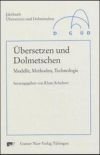
 Nemecký jazyk
Nemecký jazyk 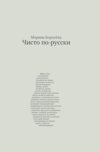
 Ruský jazyk
Ruský jazyk 

